
Climate & the Rise and Fall of Chinggis' Mongol Empire

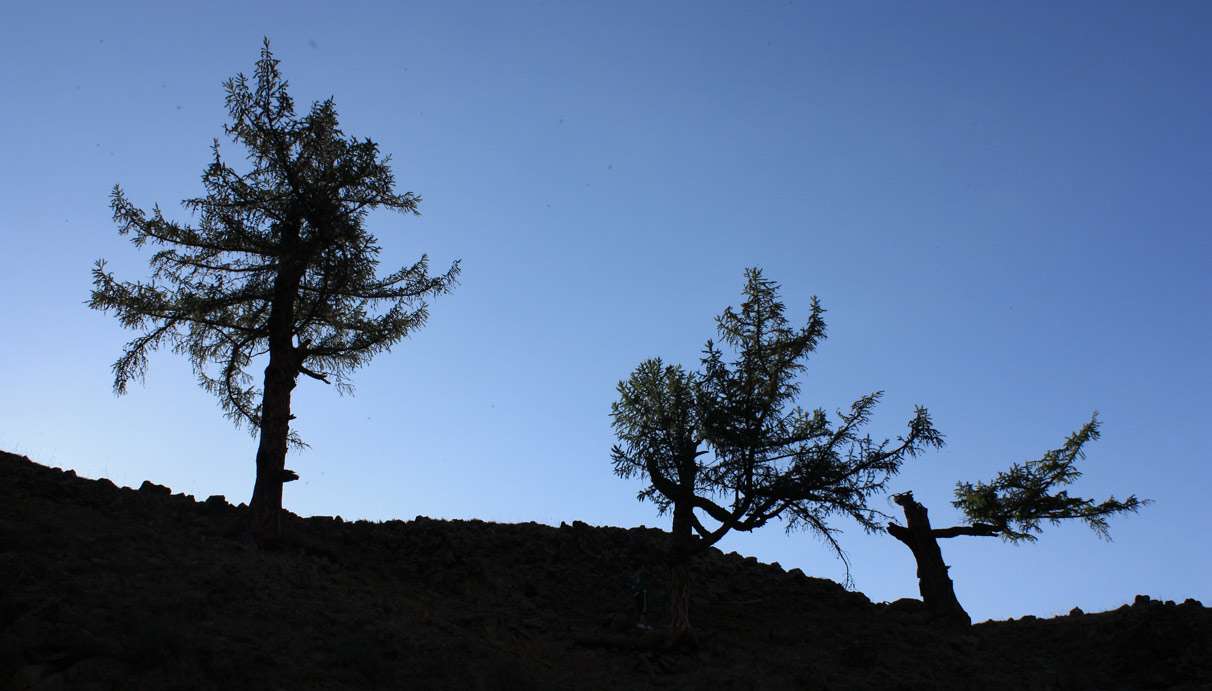
Principal Investigators:
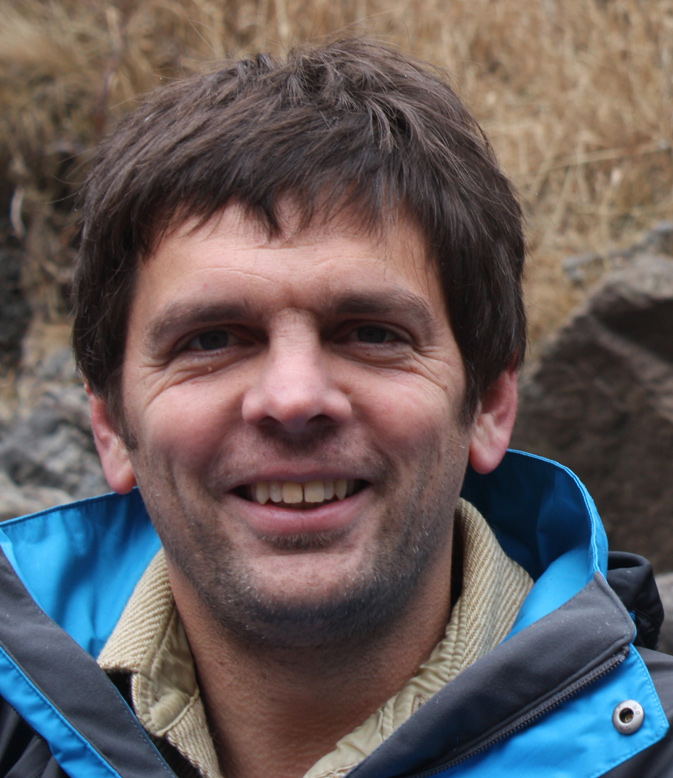
Neil Pederson - Tree Ring Laboratory of LDEO
Columbia UniversityCurrent News:
Project Overview: This project, funded by the LDEO Climate Center and The National Geographic Society, and the National Science Foundation will secure paleoclimate data necessary to place the rise and fall of the Great Mongol Empire in an annual, climatic context. Longstanding speculation is that drought during the 13th century was a major driver in leading the Mongols to conquer Asia and Eastern Europe. Our preliminary record indicates the opposite: the rise of the Mongols occurred during an extended, warm and wet pluvial. We hypothesize that this climatic optimum led to high grassland productivity and that could have enabled Mongol expansion. Please note, we do not think the rise of the Mongol Empire to be solelyclimatically deterministic. Many factors are involved with cultural expansion and decline. However, we will soon have the data to investigate the potential role of climate. To test this hypothesis, we will reconstruct drought and grassland productivity, the basis of energy and carrying capacity for the Mongolian herding culture, over the last 2k years. However, due to ecotourism and wildfire pressures, it is urgent that we complete collection of this record before it is destroyed.
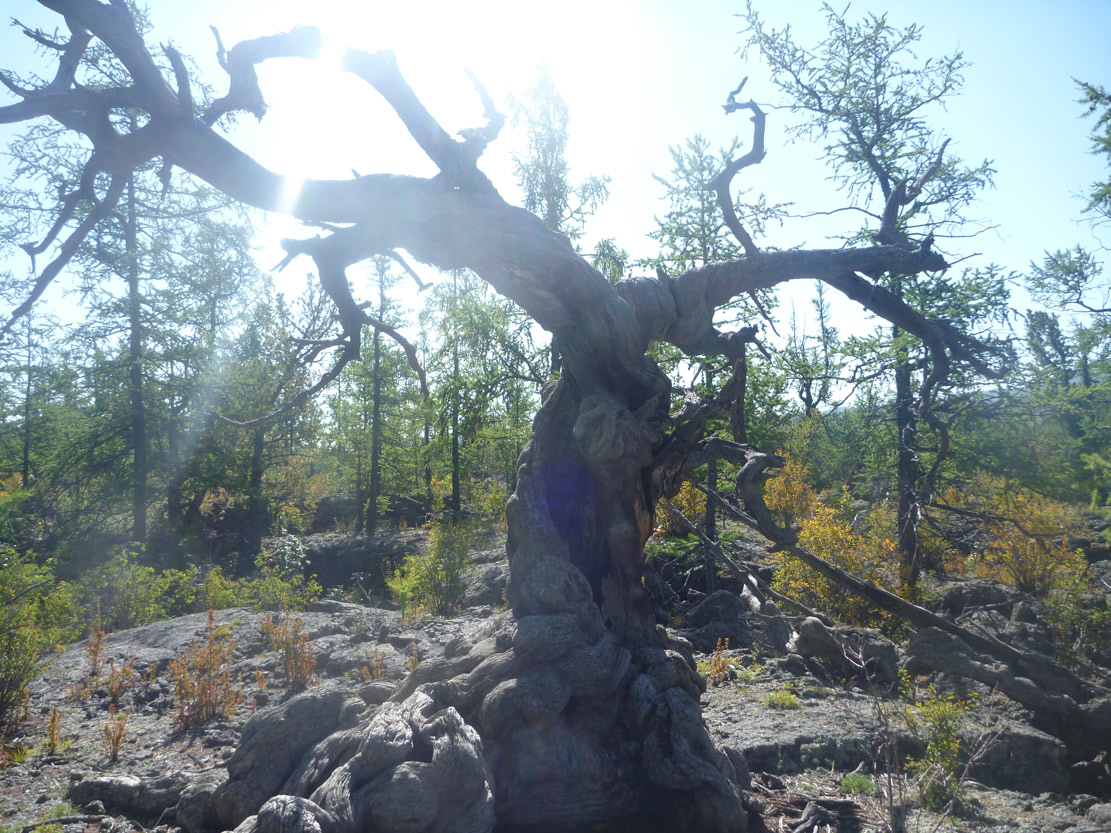
Background: Chinggis Khaan's (Ghengis Khan) Great Mongol Empire, centered on the Orkhon Valley, was the largest land empire in world history. At the time of Chinggis' death, the empire stretched from the Pacific Ocean to the Caspian Sea and northern Persia (Fig 1). The empire continued to expand such that Mongolians controlled or influenced areas from the Hungarian grasslands to Vietnam, Syria, Bagdad and Japan by the end of the 1200s. The extent of the Mongol Empire and the range of landscapes and cultures that fell under this empire are unrivaled. The impact of Chinggis Khaan's adaptive, merit-based leadership still influences today's world (Weatherford, 2004) and that he was one of the world's greatest leaders.
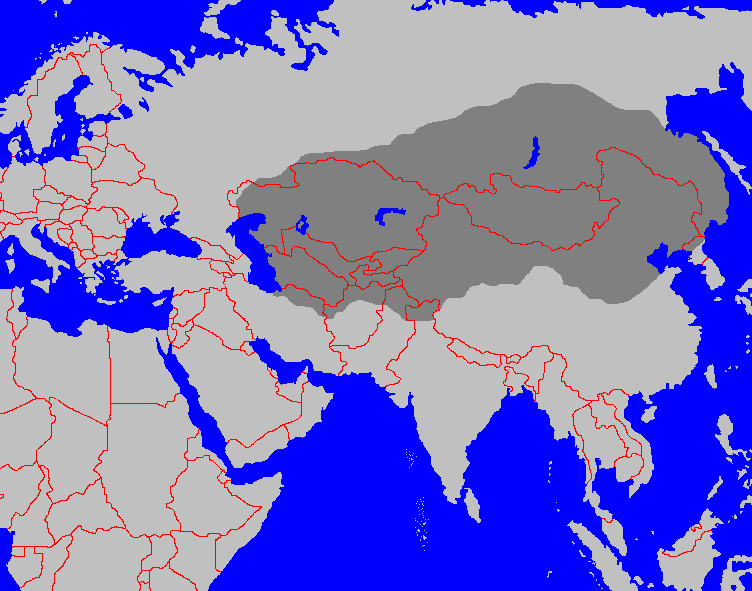
Figure 1 - The Mongol Empire (shaded portion of Eurasia) at 1227 CE, the time of Chinggis Khaan's death.
Questions still linger, however, as to how nomadic tribes from cold, arid Mongolia could conquer the agricultural societies of China and eastern Europe: "Did a favorable climate provide an energetic base conducive to Mongolian expansion?" Also, "Did a deteriorating climate lead to Mongol contraction?" Until now, no drought data existed to help address these questions.
Following our serendipitous discovery of ancient, subfossil wood from near the Orkhon Valley, we now have the first opportunity to answer these questions through the development of an annually-resolved, drought record covering the Common Era (CE). Despite having had the time to only sample 17 Siberian pine (Pinus sibirica), including just 7 subfossil samples, our record dates to back 658 CE. Because we were investigating fire history, we sampled only ~2 km2 in <4 hrs. Ultimately, the new record will allow for the creation a complete context of annual climatic in the rise and fall of the Mongol Empire with the use an existing TRL temperature record in central Mongolia (D'arrigo et al., 2001).
Historians have suggested that variable climate and drought drove the Mongol armies to raid eastern European farmers (Lattimore, 1938) - our preliminary results directly contradict this speculation. Rather, it appears that climatic conditions ideal for grassland productivity coincided with expansion of the Mongolian Empire. Data collected through this proposal will allow us to test the hypothesis that a climatic optimum led to high grassland productivity and aided Mongol expansion.
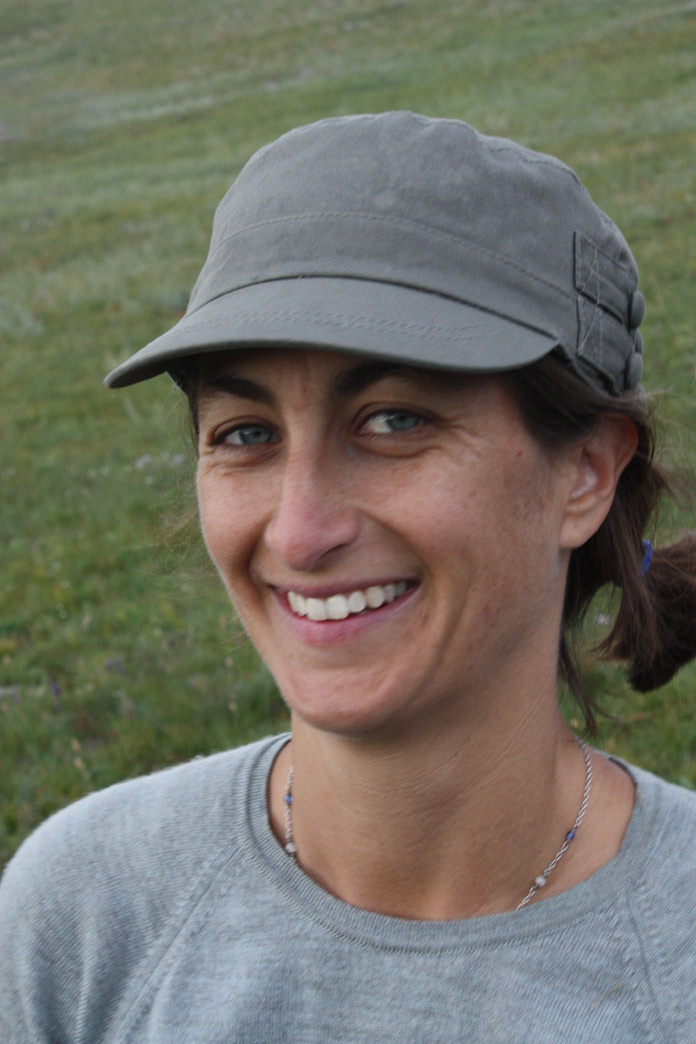
Amy Hessl - Dept of Geology & Geoghraphy
West Virginia University
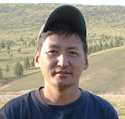
Baatarbileg Nachin - Head, Dept of Foresty & Tree Ring Laboratory
National University of MongoliaLinks:
Our predecessors of tree-ring based climate change research in Mongolia: MATRIP
American Center for Mongolian Studies
A Horde of Data The Economist December 2012.
Roots of an Empire Science Magazine September 2012.
Reign Check Scientific American March 2012.